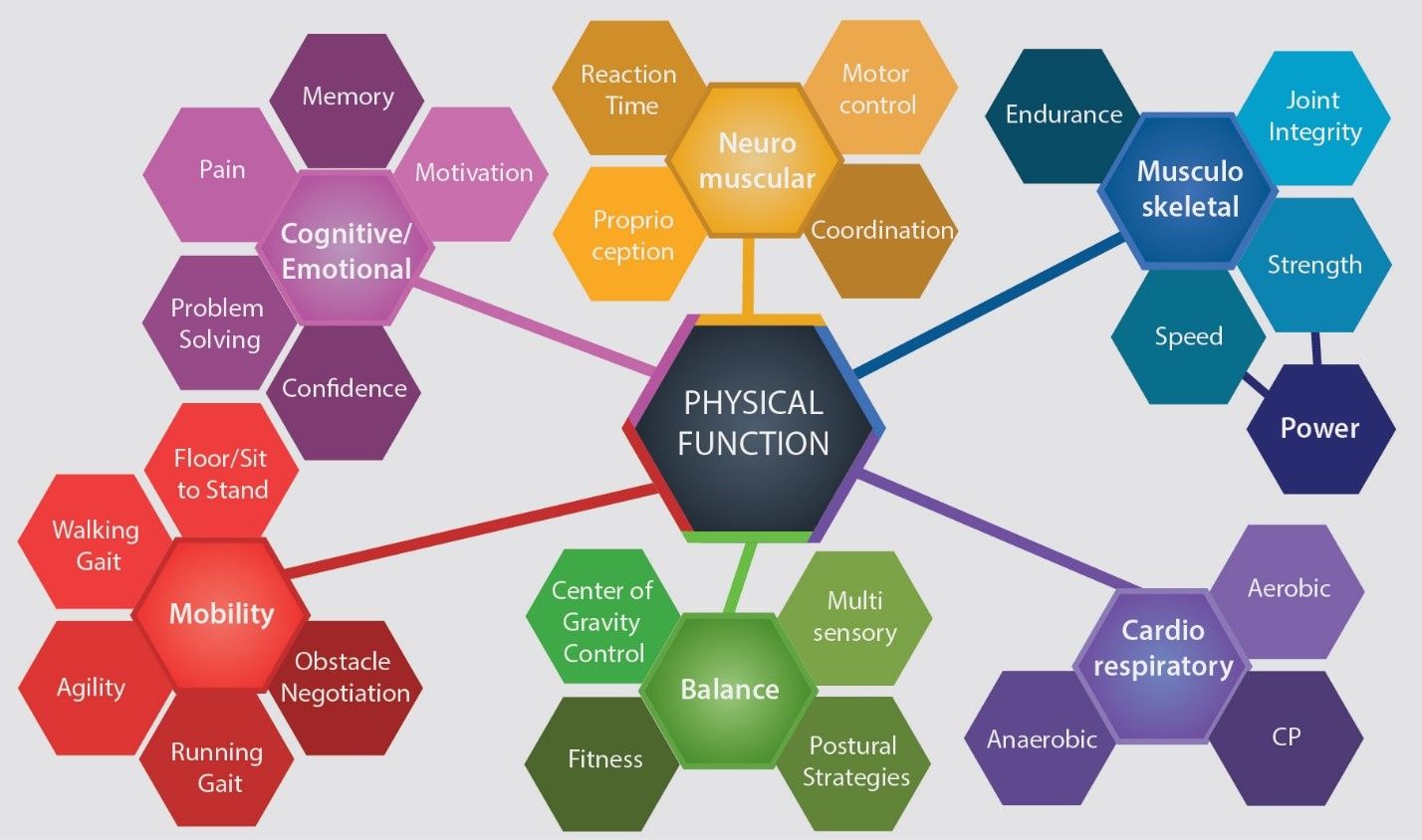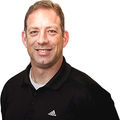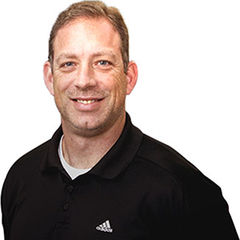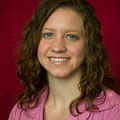Baby boomers who once fueled the growth of the fitness industry in their younger years are now gravitating toward fitness-related activities, including athletic competition, in their later years. The swelling ranks of the 65+ population, increases in life expectancy, changing attitudes about senior fitness and heavy promotion of sports participation for older adults could potentially result in large increases in the number of master’s and senior athletes. In fact, participation in athletic competition for seniors appears to be on the rise. For example, every other year, more than 10,000 athletes compete in the National Senior Games in approximately 20 different categories, including track and field, swimming, pickleball, tennis, basketball, archery, softball, cycling, triathlon and volleyball. The increase in the older adult population and a growing interest in competition has led to a steady rise in the number of competitors in the oldest age groups (80+, 90+, 100+).
This, of course, presents a significant opportunity for health and exercise professionals who are interested in serving this population. Read on to learn more about some of the unique characteristics of this population, and what you need to know to develop safe and effective training programs that help them reach their competitive goals.
Testing Senior Athletes
Many fitness tests that are classically used for older adults are geared toward a lower-functioning population and have ceiling effects, which occur when the test fails to register improvements in a parameter. Unfortunately, other standard fitness or athletic assessments, such as the 40-yard dash or vertical jump, may be inappropriate for some seniors and may exhibit floor effects, which is an inability to register declines in a parameter (Jordre et al., 2013).
Dr. Becca Jordre from the University of South Dakota has focused on addressing these issues by developing and validating a battery of tests known as the Senior Athlete Fitness Exam (SAFE) and has been collecting data on athletes at the National Senior Games for several years (Bardhoshi et al., 2016; Jordre, 2016). The SAFE is composed of tests in five areas:
- Strength (five times sit to stand; handgrip dynamometry)
- Balance (single-leg stance with eyes open/eyes closed/eyes open on foam)
- Gait speed (usual and fast)
- Flexibility (shoulder, hip, ankle)
- Posture
Her research has revealed several insights into older athletes. For example, senior athletes exhibit significantly lower levels of cardiovascular disease, diabetes, depression and anxiety compared to the general population of adults in their age group. They also demonstrate greater levels of fitness across the board compared to non-athletes (Jordre et al., 2016). Consider these findings:
- 90- to 99-year-old senior athletes demonstrate superior leg strength compared to 60- to 69-year-old non-athletes.
- Only 10% of athletes report having a fall annually compared to 30% of community dwellers.
- Senior athletes exhibit similar gait speed as adults in their thirties.
- Shoulder flexibility is significantly greater in senior athletes and declines at a much slower rate compared to non-athletes.
- Senior athletes enjoy a more upright posture compared to non-athletes.
While senior athletes typically function at much higher levels when compared to their less-active peers, these individuals can still possess weaknesses in one or more areas, which are generally specific to their sport and training program. For example, Dr. Jordre found that archers had superior gait speed and balance compared to swimmers who excelled in shoulder flexion more than any other sport. During competition, archers must shoot at a station, retrieve their arrows and quickly proceed to the next station so they end up walking nearly a mile in 40- to 60-yard increments, which likely is the reason for the gait speed and balance results. The researchers also found that male swimmers demonstrate significantly higher levels of osteoporosis compared to other male athletes. This is not surprising given that the time spent in the pool could be considered a period of “de-loading” on the bones (Jordre et al., 2016).
Training Tips
Because senior athletes tend to excel in areas specific to their sports, they should be encouraged to train outside of their preferred sports or activities. A tailored program should test the athlete to reveal his or her areas of deficit and then address those areas with specific training strategies. The Six Domains of Function from the Functional Aging Training Model can serve as a great reference for providing a holistic training experience for these clients (see image below).

Strength training appears to be underutilized in this group (which is similar to non-athlete populations). Testing from 2,340 senior athletes revealed that they performed (on average) 5.5 hours per week of cardiorespiratory exercise, but only one hour per week of strength training, or the equivalent of two 30-minute sessions per week. Although senior athletes demonstrate higher levels of upper- and lower-body strength, it may be beneficial for them to spend a little more time on strength training each week (which would include balance training). This is especially applicable to those sports that do not require high levels of strength (Jordre et al., 2016).
Senior athletes can be prone to training too hard and/or too often without providing adequate recovery in between sessions. About half of the athletes surveyed reported exercising six to seven days per week. The time needed for recovery increases with age, so remind your clients that taking enough time between intense workouts is essential. In addition, providing recovery strategies such as adequate nutrition, hydration and sleep may improve performance and reduce injury risk.
References
Bardhoshi, G. et al. (2016). Understanding exercise practices and depression, anxiety and stress in Senior Games athletes. Topics in Geriatric Rehabilitation, 32, 1, 63-71.
Jordre, B. (2016). Are your athletes SAFE? The Senior Athlete Fitness Exam (SAFE). GeriNotes, 23, 1, 17-20.
Jordre, B., et al. (2016). Fall history and associated physical performance measures in competitive senior athletes. Topics in Geriatric Rehabilitation, 32, 1, 1-16.
Jordre, B. et al. (2013). The five times sit to stand test in senior athletes. Journal of Geriatric Physical Therapy, 36, 1, 47-50.




 by
by 










 by
by